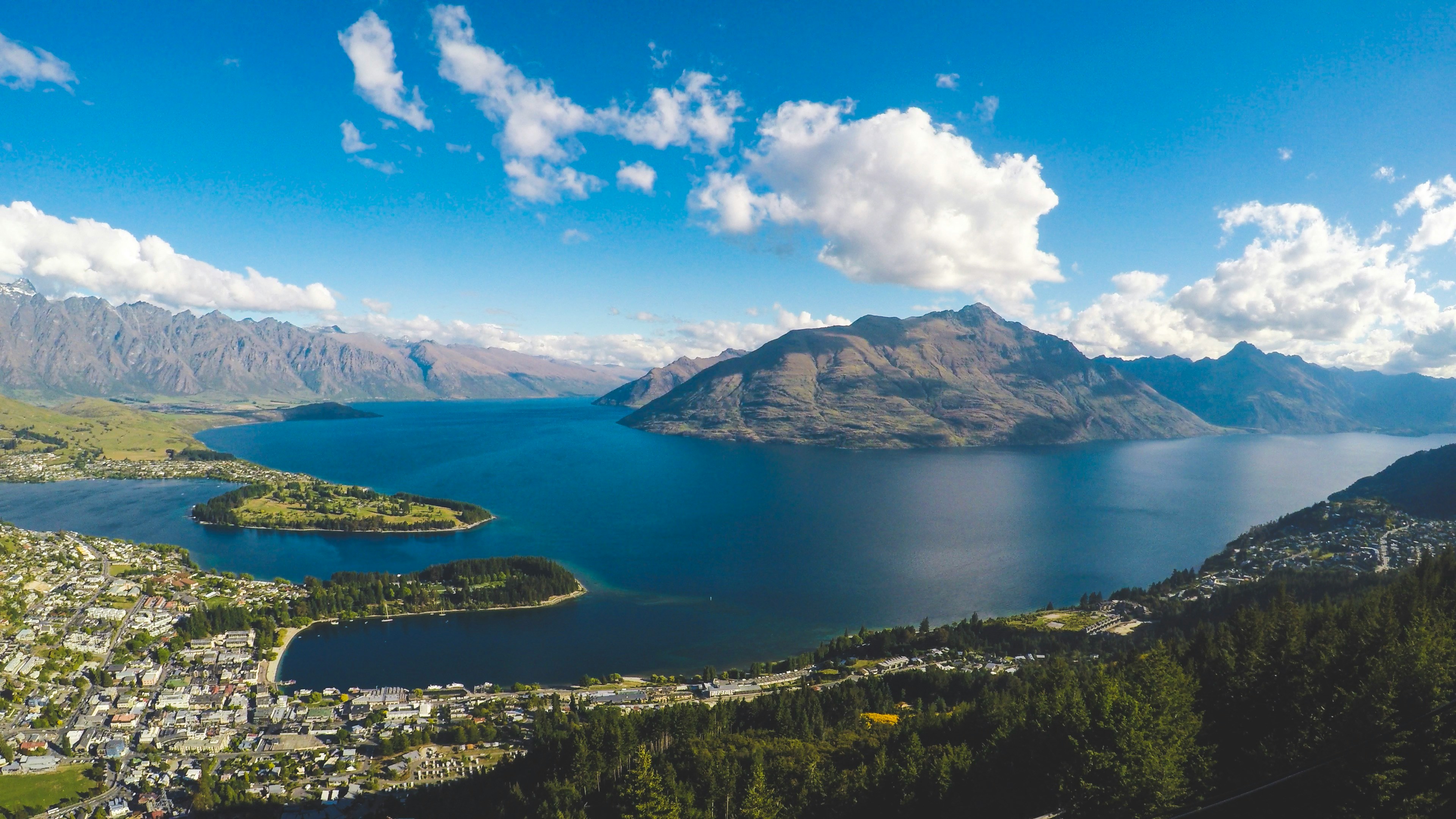New Zealand's tourism boom starts with its people
With global interest in Aotearoa reaching new heights, New Zealand is gearing up to welcome a new wave of international visitors. Tourism minister Louise Upston recently announced an investment of $13.5 million into international tourism marketing to encourage more overseas travellers to choose New Zealand.
Campaigns might bring visitors in, but it’s our people who’ll shape the memories they take home. When a visitor lands in Queenstown, their first impression isn’t a campaign, it’s a conversation with somebody behind a counter.
So how will this boost affect the teams behind the scenes? And how do we turn a one-off investment into long-term opportunity for workers across the country? Are we doing enough as employers to make sure our regions are ready?
As interest in Aotearoa grows, there’s an opportunity - and a responsibility – to make sure the people behind the experience are equipped for what’s next. At ReadyTech, we see workforce readiness as central to ensuring this momentum leads to lasting impact.
Ripple effect of tourism on workforce demand
New Zealand’s current unemployment rate hovers around 5.1%, its highest since 2020, highlighting a growing need for job creation and economic stimulus. Tourism is uniquely positioned to deliver both, creating knock-on effects across hospitality, transport, retail and beyond.
With a projected $100 million economic boost expected from the campaign, it’s important that workforces are ready to cater to these shifting demands. But that $100 million boost will only be realised if we have the right people, with the right skills, in the right places.
History shows that without enough trained staff, high visitor numbers can overwhelm local services and diminish the visitor experience. A skilled, well-distributed workforce is essential to ensuring this investment delivers lasting impact.
Prime Minister Christopher Luxon announced that New Zealand will begin charging foreign tourists up to $40 to visit high-demand destinations like Milford Sound and Mount Cook - with an expected $62 million in annual revenue reinvested into these locations. While this move supports conservation and infrastructure, it also underscores the growing importance of preparing the tourism workforce to deliver high-quality, high-volume experiences.
Tourism 2050: Building a workforce for long-term prosperity
Having long been a cornerstone of Kiwi identity, tourism shares our cultural heritage, enriches our economy as well as fostering regional growth.
That’s why the He Pae Tukutuku 2050 Tourism Blueprint lays out a bold vision for the next 25 years: a flourishing tourism ecosystem that delivers lasting benefits for people, place and culture. The three key pillars of this blueprint are:
1. Resetting system design and management: Redefining how tourism is governed and funded, embracing Te Whakarae Maori, and strengthening data and insights for policy and planning.
2. Action on carbon and biodiversity: Addressing carbon emissions, supporting conservation and aligning tourism with climate and environmental goals.
3. Equipping tourism businesses: Building sustainability capability, growing a future-ready workforce and embedding Tiaki principles across all operations
Together, these actions will help steward an industry that’s ready to handle future growth, all while staying grounded in the values that make New Zealand unique.
Technology as a connector for workforce readiness
This is where workforce solutions platforms can step in - bringing agility, insight, and connection to industries that don’t have time to lose.
With the right systems in place, tourism operators and training providers can move quickly – forecasting needs, matching talent and delivering just-in-time training to where it’s needed most. These platforms aren’t just tools, they can be quiet enablers of stronger, more resilient regional workforces.
What does empowerment look like in practice?
When strategy and smart technology come together, we can build a workforce that’s ready for demand. A more streamlined approach to seasonal workforce planning means better access to talent for both larger organisations and small businesses alike. Workers also get better visibility of career pathways, training options, and support. It’s not just the big cities that benefit either; regional communities gain fairer access to opportunity too.
Initiatives like Go with Tourism, Manaaki and emerging public-private partnerships show how workforce tech, training, and targeted outreach can uplift both employers and employees.
Investing in people, not just promotions
Let’s equip our tourism workforce with the tools, training, and technology they need. Not just to meet demand, but to turn today’s visitor boom into tomorrow’s thriving, resilient tourism ecosystem.
Learn more about how Ready Workforce can help businesses to support their workforces here.






